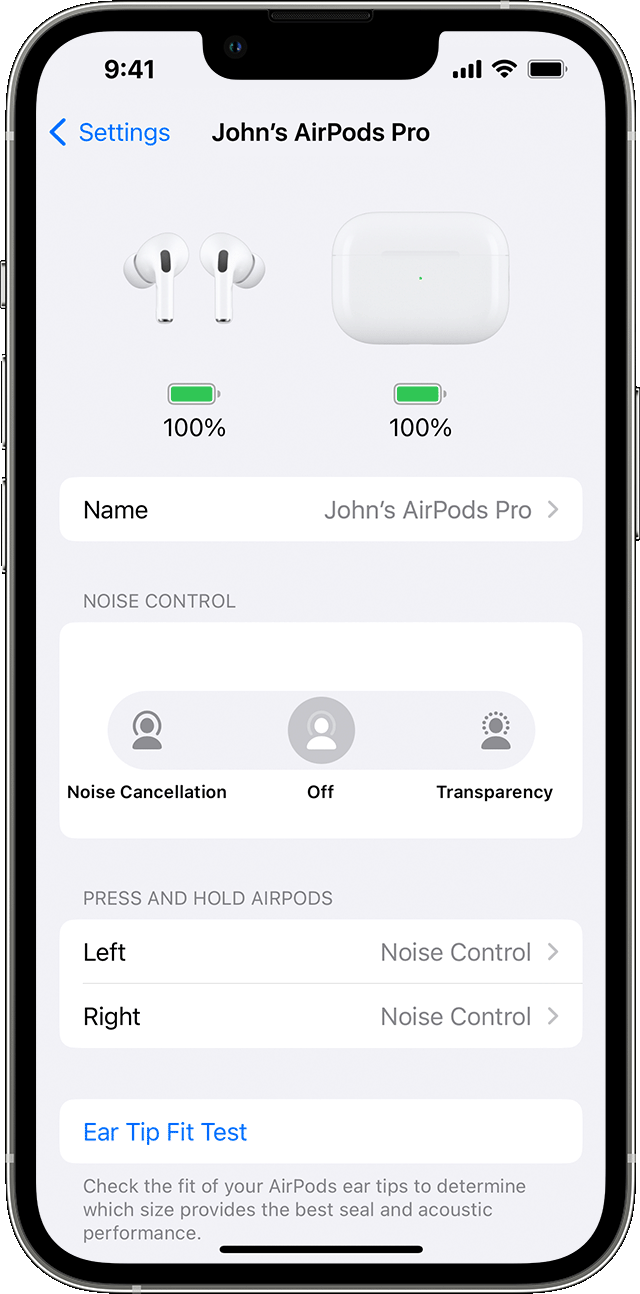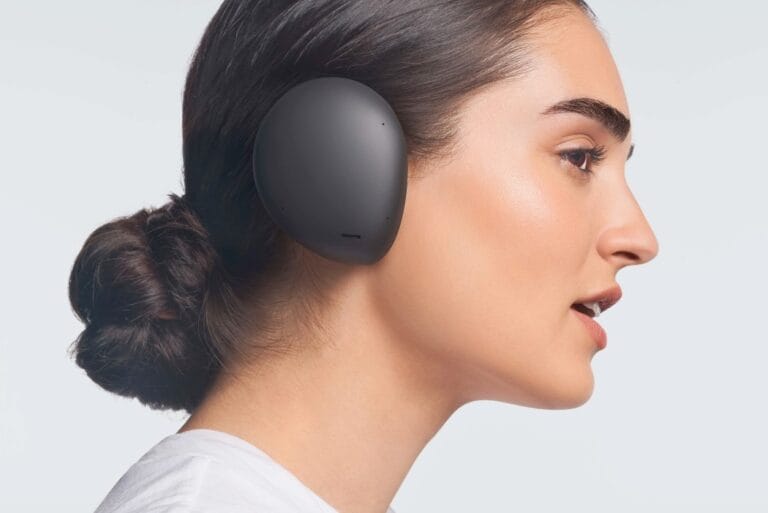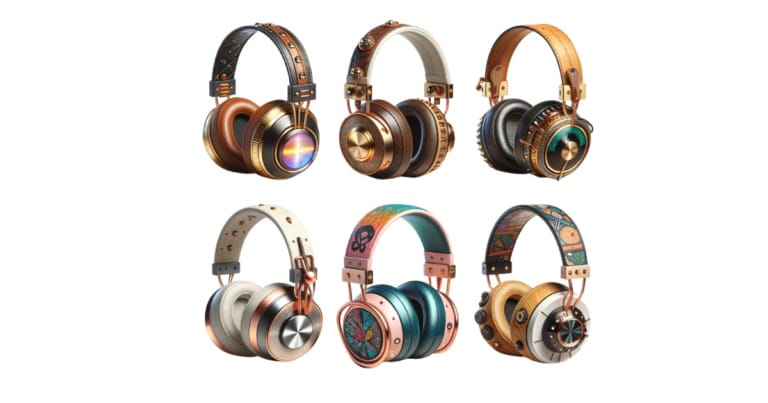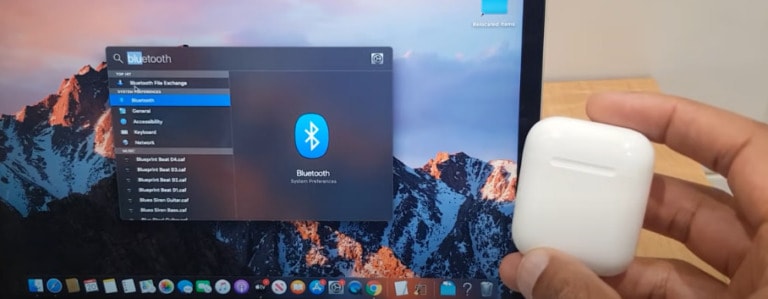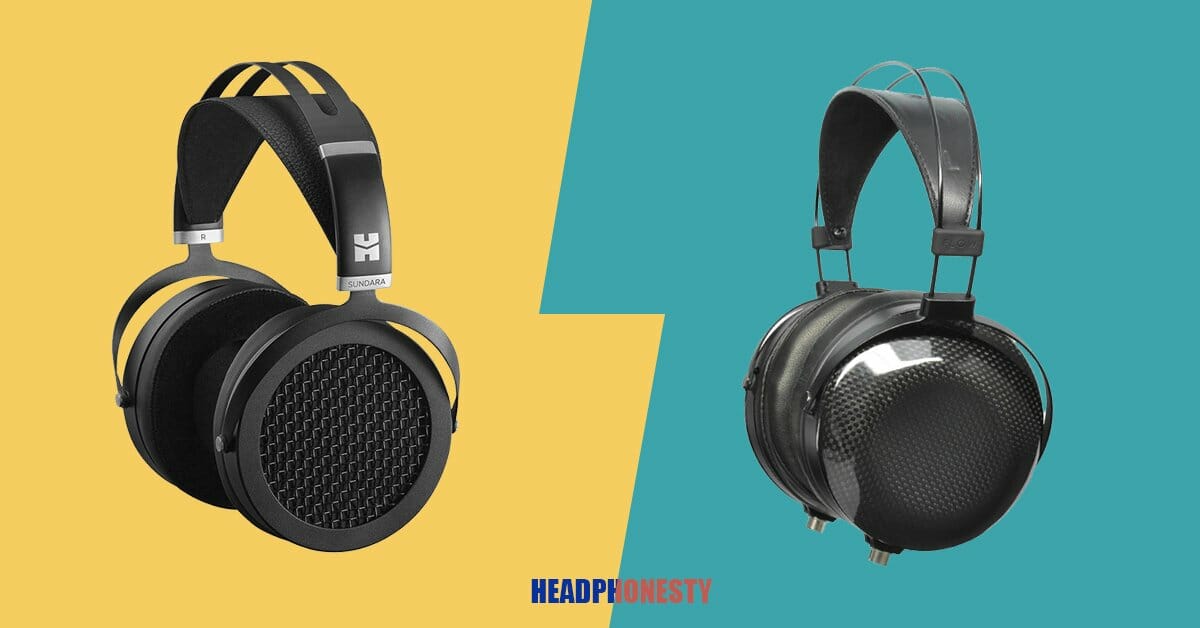
Have you ever wondered how open-back headphones can affect your overall audio immersion? Well, buckle up because we’re about to dive into the world of headphone technology!
When it comes to headphones, open-back models have a unique design that sets them apart. Unlike their closed-back counterparts, open-back headphones have perforations or vents on the ear cups that allow air to pass through. This design feature not only affects the sound quality but also influences the overall audio immersion experience.
So, in this article, we’ll explore the fascinating ways that open-back headphones can enhance your audio immersion and take your music listening or gaming experience to the next level. Let’s get ready to unlock the secrets behind open-back headphones and discover their impact on your auditory adventures!
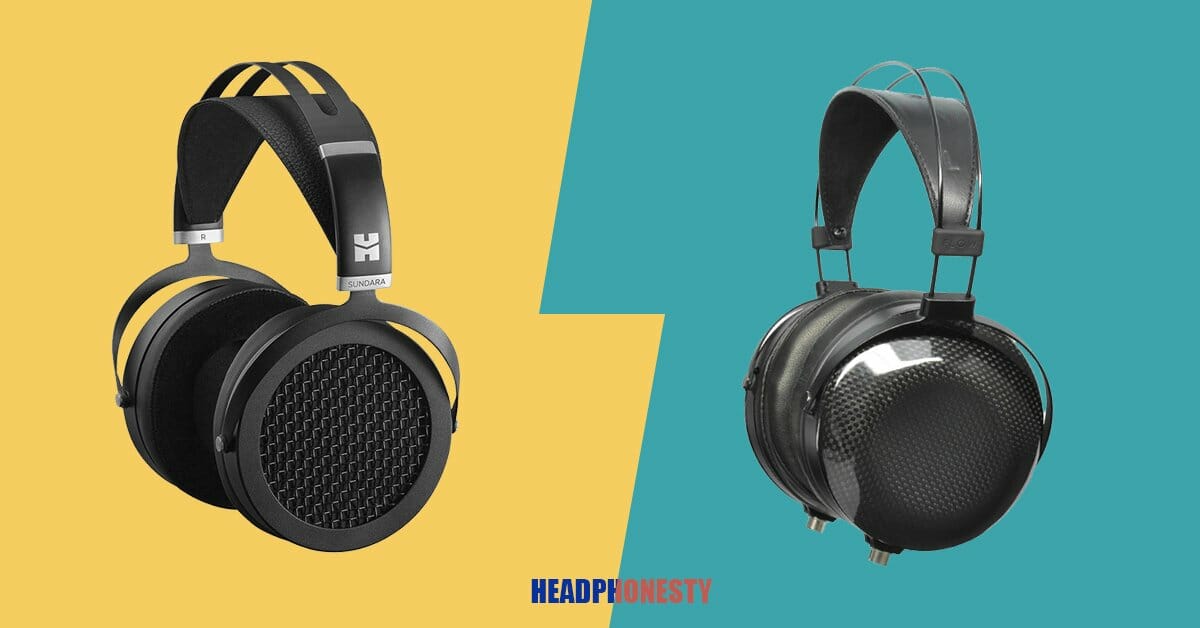
How Do Open-back Headphones Affect The Overall Audio Immersion?
Welcome to the world of open-back headphones! If you’re a music enthusiast or an audiophile, you must have come across this term at some point. Open-back headphones are a popular choice for their unique sound characteristics and immersive listening experience. In this article, we’ll delve into the details of how open-back headphones affect the overall audio immersion. From the design and soundstage to the pros and cons, we’ll uncover the secrets behind these headphones. So, let’s put them on and dive deep into the world of open-back headphones.
The Design: A Window to the Soundstage
When it comes to open-back headphones, the design plays a crucial role in shaping the audio immersion. Unlike closed-back headphones that isolate you from environmental noise, open-back headphones have perforations or air vents on the outer ear cups. These openings allow air and sound to flow in and out of the headphones freely. As a result, the sound produced by open-back headphones is spacious, natural, and expansive. It creates a sense of depth, making you feel like you’re in the midst of the music rather than just listening to it.
The design of open-back headphones also affects the soundstage. The soundstage refers to the spatial representation of the audio, giving you a sense of the placement and distance of instruments and vocals. With open-back headphones, the soundstage is often wider and more detailed compared to closed-back headphones. The combination of the design and soundstage creates an immersive experience, enveloping you in a three-dimensional sound environment.
Impacts on Bass, Mids, and Highs
Now, let’s explore how open-back headphones affect different elements of the audio spectrum. Starting with the bass, open-back headphones generally offer a more relaxed and natural bass response. The bass is not overly emphasized, allowing it to blend seamlessly with the rest of the frequencies. As a result, the bass is accurate, tight, and has a good level of extension. However, if you’re a bass enthusiast who loves thunderous and booming bass, closed-back headphones might be a better fit for you.
When it comes to the mids, open-back headphones excel in providing a balanced and transparent presentation. The midrange frequencies, where most vocals and instruments reside, sound clear, detailed, and natural. The open-back design allows the mids to breathe, preventing any congestion or muddiness in the sound. As a result, vocals are incredibly lifelike, and instruments have an authentic timbre, enhancing the overall audio immersion.
Lastly, let’s talk about the highs. Open-back headphones offer a smooth and airy high-frequency response. The highs are well-extended, allowing for fine details and micro-dynamics to be reproduced accurately. This adds a touch of sparkle and brilliance to the audio, creating a sense of liveliness and realism in the music. However, it’s worth noting that some open-back headphones might lack a bit of sizzle and energy in the highest frequencies compared to closed-back alternatives.
The Pros and Cons of Open-back Headphones
Like any other audio equipment, open-back headphones come with their own set of advantages and disadvantages. Let’s take a closer look at the pros and cons to help you make an informed decision.
Pros:
- Enhanced soundstage and imaging: Open-back headphones offer a wider, more expansive soundstage, allowing for precise instrument placement and imaging.
- Natural and immersive sound: The open-back design creates a realistic and immersive listening experience, making you feel closer to the music.
- Comfortable for long listening sessions: Open-back headphones typically have better breathability, reducing heat buildup and discomfort during extended use.
- Audiophile-grade sound quality: If you’re an audiophile, open-back headphones provide a more accurate and detailed audio reproduction, allowing you to hear subtle nuances in the music.
Cons:
- Sound leakage: The open design of these headphones means that sound leaks in and out. This can be an issue in quiet environments or when using them in crowded areas.
- Poor isolation: Open-back headphones do not provide isolation from external noise. This can be a drawback if you want to listen in a noisy environment or if you prefer privacy.
- Weaker bass impact: While open-back headphones offer accurate and tight bass, they might lack the deep, rumbling bass that some listeners crave.
- Less portable: Open-back headphones are often bulkier and less portable compared to closed-back options, limiting their outdoor usage.
Choosing the Right Pair: Factors to Consider
When shopping for open-back headphones, it’s essential to consider various factors to ensure that you choose the right pair that suits your needs and preferences. Here are a few key factors to keep in mind:
1. Sound Signature:
Each headphone brand and model has its own unique sound signature. Some headphones might lean towards a more neutral sound, while others might emphasize certain frequencies. Research and read reviews to find the sound signature that aligns with your preferences.
2. Comfort:
Since open-back headphones are designed for long listening sessions, comfort is crucial. Look for headphones with padding on the headband and ear cups, adjustable sizing, and lightweight construction for a comfortable fit that won’t cause fatigue.
3. Build Quality:
Investing in a well-built pair of headphones ensures durability and longevity. Consider the materials used, the quality of the components, and the overall craftsmanship when making your decision.
4. Price:
Set a budget and find a pair of open-back headphones that offer the best value for your money. There are options available for different price ranges, so it’s essential to assess the features, sound quality, and build to find the right balance.
5. Amplification Requirements:
Open-back headphones often benefit from amplification to bring out their full potential. Consider whether you’ll be using them with a dedicated headphone amplifier or if they can be driven well by a portable device like a smartphone.
Maximizing the Open-back Headphone Experience
To truly enjoy the immersive audio experience offered by open-back headphones, here are a few tips to maximize your listening sessions:
1. Find a Quiet Environment:
Since open-back headphones do not provide isolation, it’s best to listen in a quiet environment to fully immerse yourself in the music without distractions.
2. Experiment with Different Genres:
Open-back headphones excel in reproducing a wide variety of music genres. Explore different genres and artists to fully appreciate their sound capabilities.
3. Consider an Amplifier:
If your budget allows, consider investing in a dedicated headphone amplifier to enhance the audio quality and get the most out of your open-back headphones.
In conclusion, open-back headphones offer a unique and immersive audio experience. Their design, soundstage, and balanced audio reproduction create a listening experience that draws you deeper into the music. While there are pros and cons to consider, as well as various factors to keep in mind when choosing a pair, open-back headphones are worth exploring for anyone seeking a more natural and realistic sound. So, put on your favorite tracks, slip on a pair of open-back headphones, and let the music transport you to a new level of audio immersion.
Key Takeaways: How Do Open-back Headphones Affect The Overall Audio Immersion?
- Open-back headphones allow sound to escape through the ear cups, resulting in a more natural and spacious audio experience.
- These headphones provide better soundstage, making it feel like the sound is coming from all around you.
- They can enhance the overall audio immersion, making you feel more connected to the music or audio you’re listening to.
- Open-back headphones may not be ideal for noisy environments as they leak sound and let outside noise in.
- If you’re a gamer or audiophile looking for a more immersive experience, open-back headphones can be a great choice.
Frequently Asked Questions
Are you curious about how open-back headphones affect the overall audio immersion? Look no further. We have compiled answers to some of the most common questions regarding this topic. Read on to discover how these headphones can enhance your audio experience.
1. What are open-back headphones and how do they work?
Open-back headphones are a type of headphones that have a perforated back casing, allowing sound to escape. Unlike closed-back headphones that keep sound contained within the earcups, open-back headphones have open earcups that let air and sound move in and out more freely. This design creates a more natural and airy soundstage, resulting in a more immersive listening experience.
When audio is played through open-back headphones, the sound waves produced by the drivers inside the earcups are not trapped, but instead allowed to disperse into the surrounding environment. This creates a more spacious and realistic sound, resembling the way we hear sounds in real life, as opposed to a closed-off and confined soundstage of closed-back headphones.
2. How do open-back headphones affect audio immersion?
Open-back headphones can greatly enhance audio immersion due to their design. By allowing sound to escape through the earcups, these headphones create a more three-dimensional listening experience. This open design helps to mimic the way sound travels in real life, making it feel more natural and expansive.
With open-back headphones, the soundstage becomes wider and more spacious. It feels like you’re hearing the music or audio from all directions, as if you were in a concert hall or a live performance. The increased airiness and separation between the instruments or sounds can make the listening experience more detailed and immersive. Additionally, the open-back design can also provide a more accurate and natural representation of the audio, as it is not affected by reflections or resonances that can occur in closed-back headphones.
3. Are there any drawbacks to using open-back headphones?
While open-back headphones offer numerous benefits, they do come with a few drawbacks. One of the main concerns is sound leakage. Since open-back headphones allow sound to escape, people around you might be able to hear what you’re listening to, especially if you’re in a quiet environment. This can be a concern if you need privacy or if you’re in a public setting.
Additionally, open-back headphones don’t provide much isolation from external sounds. The open earcups allow ambient noises to enter and mix with the audio you’re listening to. This means that if you’re in a noisy environment, the outside sounds can interfere with your audio immersion and overall listening experience. Therefore, open-back headphones are best suited for quieter environments where you can fully appreciate the benefits of the open design without external distractions.
4. Can open-back headphones be used for gaming?
Yes, open-back headphones can be a great option for gaming. They can provide a more immersive gaming experience by offering a wider soundstage and better positional audio. With open-back headphones, you can more accurately pinpoint the direction of in-game sounds, such as footsteps or gunfire, which can give you a competitive edge in multiplayer games.
However, it’s important to note that the lack of isolation in open-back headphones means that external noises, such as background chatter or mechanical keyboard typing, can also enter your ears and potentially distract you from the gaming experience. If you’re gaming in a noisy environment, closed-back or noise-canceling headphones might be a more suitable choice to minimize distractions.
5. Do open-back headphones require any special equipment to drive them?
Open-back headphones typically have a higher impedance compared to closed-back headphones. This means that they require more power to drive them effectively. While they can be used with smartphones or portable audio devices, the audio output may not reach optimal levels.
To fully unlock the potential of open-back headphones, it is recommended to use them with a dedicated headphone amplifier or audio interface. These devices provide the necessary power and amplification to drive the headphones properly, resulting in better sound quality and overall performance. However, it’s important to note that this is not a requirement and many open-back headphones can still provide a satisfying listening experience without additional equipment.
Summary
When it comes to open-back headphones, there are a few things to keep in mind. They allow sound to escape, creating a more spacious and natural audio experience. However, this also means that others can hear what you’re listening to. Open-back headphones are great for immersing yourself in music or movies, but they may not be the best choice for a crowded or noisy environment.
In terms of audio immersion, open-back headphones can provide a wider soundstage and more accurate imaging. This means you can hear instruments and sound effects from different directions, making the listening experience more realistic. However, because sound can escape, there may be a slight decrease in bass response. So, while open-back headphones can enhance audio immersion, it’s important to consider your surroundings and personal preferences before making a decision.

